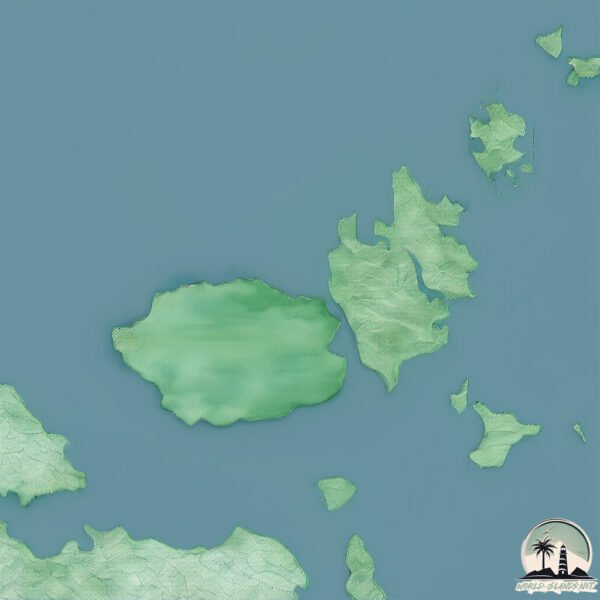Welcome to Motutapu , a Temperate island in the South Pacific Ocean, part of the majestic Pacific Ocean. This guide offers a comprehensive overview of what makes Motutapu unique – from its geography and climate to its population, infrastructure, and beyond. Dive into the details:
Geography and size of Motutapu
Size: 40 km²Coastline: 54.9 kmOcean: Pacific OceanSea: South Pacific OceanContinent: Oceania
Motutapu is a Medium Island spanning 40 km² with a coastline of 55 km.
Archipel: Polynesia – A region of more than 1,000 islands in the central and southern Pacific Ocean, known for their diverse Polynesian cultures, stunning landscapes, and marine biodiversity.
Tectonic Plate: Australia – A major tectonic plate covering Australia, New Zealand, and parts of the Indian and Pacific Oceans, known for its relative stability and occasional seismic activity.
The geographic heart of the island is pinpointed at these coordinates:
Climate and weather of Motutapu
Climate Zone: TemperateClimate Details: Temperate Oceanic ClimateTemperature: Warm Summer
Climate Characteristics: Known for its moderate year-round temperatures with ample rainfall and no dry season. Warm summers are characteristic.
Topography and nature of Motutapu
Timezone: UTC+12:00Timezone places: Pacific/AucklandMax. Elevation: 167 m Mean Elevation: 49 mVegetation: Evergreen Broadleaf ForestTree Coverage: 62%
The mean elevation is 49 m. The highest elevation on the island reaches approximately 167 meters above sea level. The island is characterized by Plains: Flat, low-lying lands characterized by a maximum elevation of up to 200 meters. On islands, plains are typically coastal lowlands or central flat areas.
Dominating Vegetation: Evergreen Broadleaf Forest
Vegetation: 7 vegetation zones – Very Highly Diverse Island
Infrastructure and Travelling to Motutapu
Does the island have a public airport? no .
Does the island have a major port? no .
The mean population of Motutapu is 1 per km². Motutapu is Gently Populated. The island belongs to New Zealand .
Continuing your journey, Waiheke is the next notable island, situated merely km away.
Exploring Motutapu Island
Taking the Explore Group ferry from CBD Auckland we spent the day tramping around Motutapu Islands. This magical island is ...
Exploring Motutapu Island
Taking the Explore Group ferry from CBD Auckland we spent the day ...
Taking the Explore Group ferry from CBD Auckland we spent the day tramping around Motutapu Islands. This magical island is ...
Motutapu Island overnight for Matariki
A quick overnighter on the island. It's a short ferry trip from ...
A quick overnighter on the island. It's a short ferry trip from Auckland's CBD and about a three hour walk from the wharf on ...
Takahē release on Motutapu Island
There are only 260 takahē in the world and nine were released on ...
There are only 260 takahē in the world and nine were released on Motutapu on Sunday 4 November. Motutapu is a pest free ...
New Zealand is classified as Developed region: G7: Group of Seven – Major advanced economies, including Canada, France, Germany, Italy, Japan, the United Kingdom, and the United States. The level of income is High income: OECD.
News – Latest Updates and Headlines from Motutapu
Stay informed with the most recent news and important headlines from Motutapu. Here’s a roundup of the latest developments.
Loading...
Please note: The data used here has been primarily extracted from satellite readings. Deviations from exact values may occur, particularly regarding the height of elevations and population density. Land area and coastline measurements refer to average values at mean high tide.

